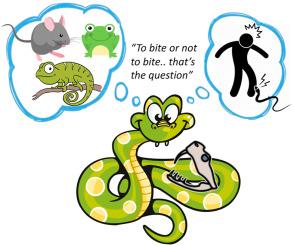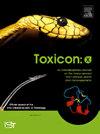Mutual enlightenment: A toolbox of concepts and methods for integrating evolutionary and clinical toxinology via snake venomics and the contextual stance
Abstract
Snakebite envenoming is a neglected tropical disease that may claim over 100,000 human lives annually worldwide. Snakebite occurs as the result of an interaction between a human and a snake that elicits either a defensive response from the snake or, more rarely, a feeding response as the result of mistaken identity. Snakebite envenoming is therefore a biological and, more specifically, an ecological problem. Snake venom itself is often described as a “cocktail”, as it is a heterogenous mixture of molecules including the toxins (which are typically proteinaceous) responsible for the pathophysiological consequences of envenoming. The primary function of venom in snake ecology is pre-subjugation, with defensive deployment of the secretion typically considered a secondary function. The particular composition of any given venom cocktail is shaped by evolutionary forces that include phylogenetic constraints associated with the snake's lineage and adaptive responses to the snake's ecological context, including the taxa it preys upon and by which it is predated upon. In the present article, we describe how conceptual frameworks from ecology and evolutionary biology can enter into a mutually enlightening relationship with clinical toxinology by enabling the consideration of snakebite envenoming from an “ecological stance”. We detail the insights that may emerge from such a perspective and highlight the ways in which the high-fidelity descriptive knowledge emerging from applications of -omics era technologies – “venomics” and “antivenomics” – can combine with evolutionary explanations to deliver a detailed understanding of this multifactorial health crisis.


 求助内容:
求助内容: 应助结果提醒方式:
应助结果提醒方式:


